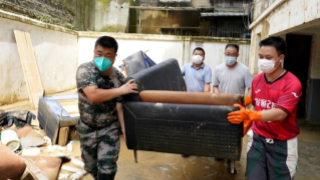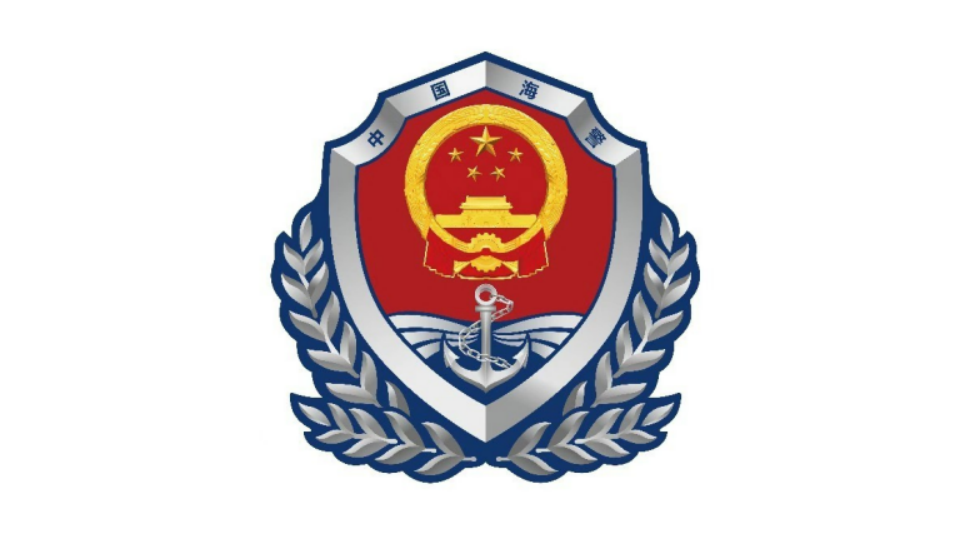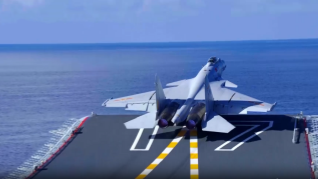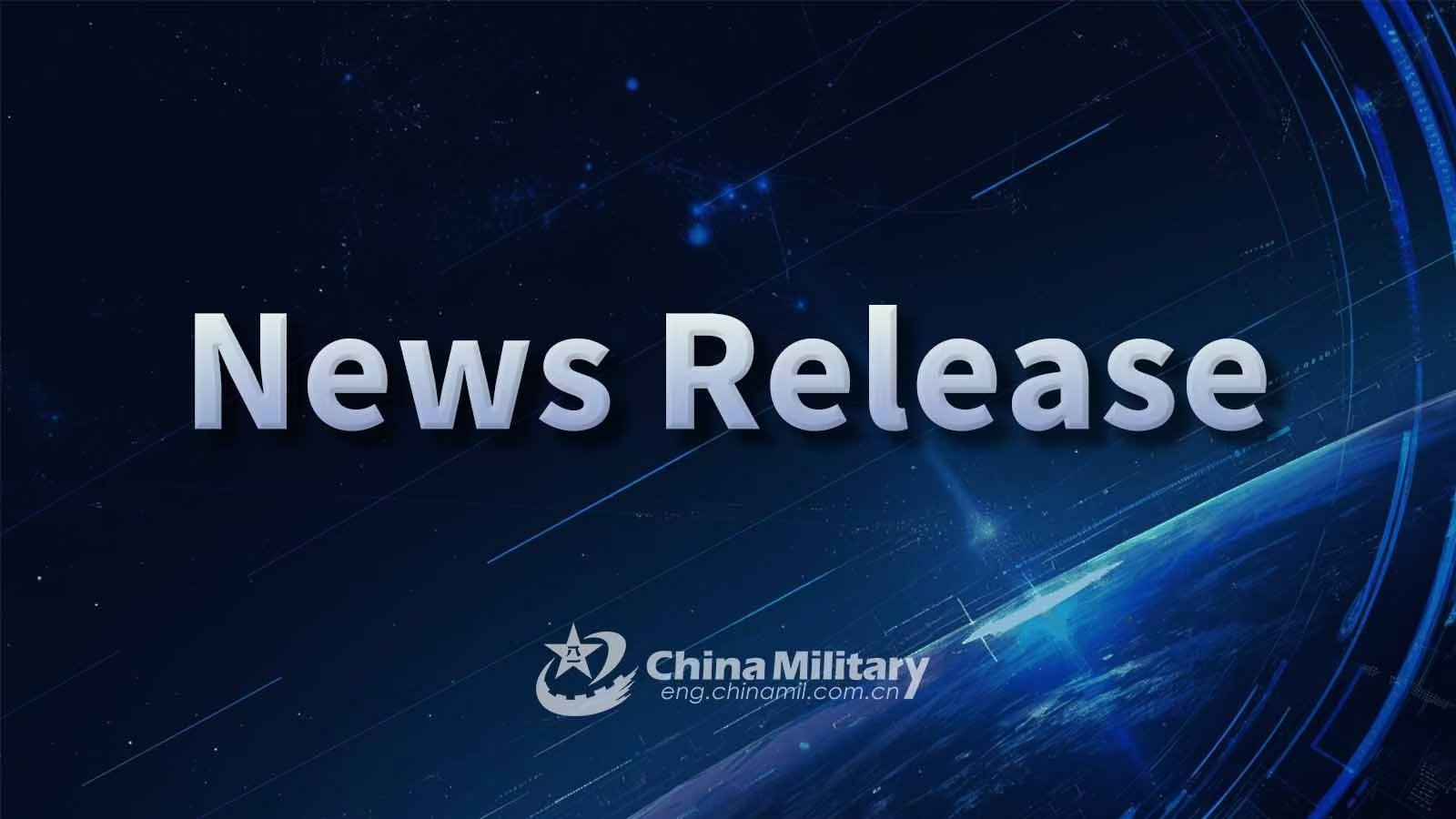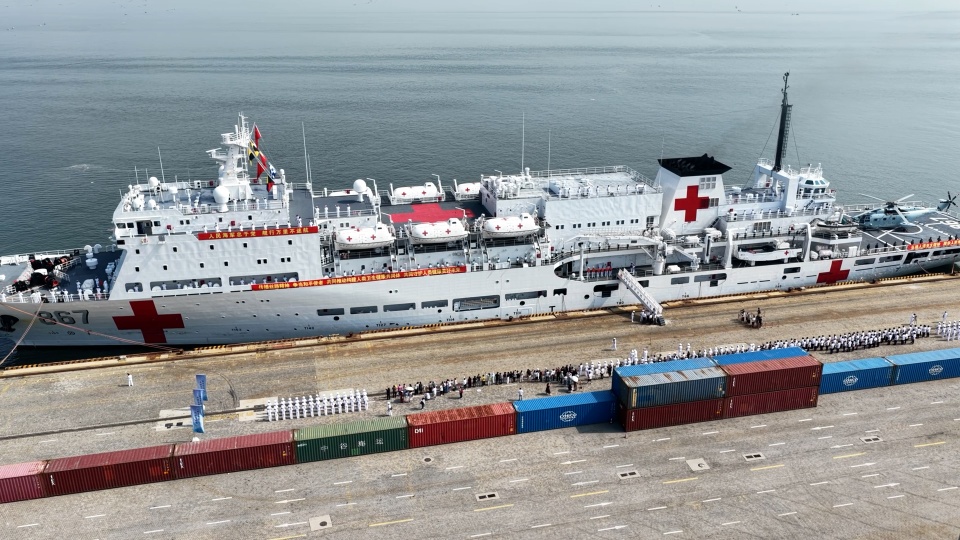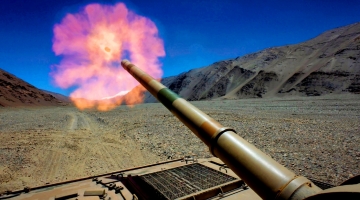By Hu Junyan
The Philippines and the US recently launched the 2025 annual Balikatan military exercises. Notably, this year's drills not only took place on the northern Philippine island of Luzon but also extended to the Batanes Islands, which are closer to Taiwan of China. Analysts suggest that the growing involvement of the Philippines and the US in the Taiwan Strait is becoming increasingly evident.
Although the Philippines claims that the exercises are not aimed at any specific country, it rings hollow and only draws more attention to its underlying motives. Firstly, the exercise has expanded in both scale and the number of observer countries, which fuels instability in the region. Secondly, the US has taken advantage of the occasion to transport cutting-edge offensive weapons to the Philippines and some of them are likely to stay, which would intensify the potential for regional conflict. Thirdly, pushing exercise locations closer to the Taiwan Strait, such as Y'Ami Island in the northernmost part of the Batanes Islands, which lies only 142 kilometers away from Taiwan Island, makes the strategic intent to target China all the more evident.
Behind the joint moves by Washington and Manila to fan the flames across the Taiwan Strait and the South China Sea lies a trade-off of strategic interests. For the US, from exempting US$336 million in military aid to the Philippines to approving the deal of F-16 fighter jets valued at US$5.58 billion, and expanding the scale and scope of joint military exercises, its moves this year all point to the goal of tightening its grip on this "pawn" to better serve its strategic agenda and increase pressure on China.
As for the Philippines, although it officially ended colonial rule by the US in 1946, its military and police forces, as well as many political figures, remain manipulated by Washington to this day. This has led to the loss of strategic autonomy of the Philippines. In the past, Manila had generally exercised caution on the Taiwan question. However, since President Marcos took office, the Philippine side has repeatedly made provocative remarks and taken unfriendly actions, revealing a growing inclination to stir up tensions.
It would be utterly wrong if the Philippines believes that provoking China on the Taiwan question will earn it greater support from the US in the South China Sea. Such a calculation is not only foolish but also dangerously reckless. China had made the point perfectly clear long beforehand that the Taiwan question is at the very core of China's core interests and the one-China principle is a red line that cannot be crossed. Not only has the Philippine side stirred up trouble in the South China Sea, but it is also attempting to act as a pawn for the US on the Taiwan question, a move that will only backfire.
From a regional perspective, ASEAN as a whole has consistently underscored its centrality and the importance of unity. At a time when unilateralism, protectionism, and hegemonic bullying are on the rise globally, countries in the region are more eager than ever to strengthen solidarity and cooperation to jointly tackle emerging challenges.
A dozen days ago, China and ASEAN countries convened the 47th Meeting of ASEAN-China Joint Working Group on the Implementation of the Declaration on the Conduct of Parties in the South China Sea in the Philippines. All parties agreed to further strengthen dialogue and cooperation in jointly safeguarding peace and stability in the South China Sea. Yet, the Philippines has chosen to align with external powers in staging large-scale military exercises and introducing strategic and tactical weaponry, which stands in stark contrast to regional consensus and effectively betrays the cause of peace. By trading strategic autonomy for illusory security promises, the Philippines is playing with fire and inviting perilous consequences.





